SRAP Water Rangers: Tribal Nations

Indigenous Peoples have lived, and continue to live, across what is now known as the United States since time immemorial. There are 574 Federally Recognized Tribes in the U.S., over 100 State Recognized Tribes, and countless Indigenous communities that are not politically recognized. Indigenous Peoples experience disproportionate adverse environmental impacts like air pollution and water pollution, yet have been excluded from many mainstream environmental narratives and important environmental decision-making processes. Despite these disparities, Tribes are often at the forefront of environmental movements and advocacy and are an integral part of environmental stewardship and the transition to a socially responsible food future. As an organization working across what is currently known as the U.S., including unceded and sovereign Tribal Land, meaningful engagement with Tribal Nations is a crucial part of SRAP’s work and of the movement toward a more just food system.
How Tribal Nations are impacted by industrial livestock water pollution
Tribal communities, like other historically marginalized communities, experience disproportionate environmental harm from industrial polluters around the United States, including industrial livestock operations. For instance, studies in North Carolina and California found that concentrated animal feeding operations (CAFOs) are disproportionately sited near Tribal Nations, causing Tribal communities to experience the negative environmental and human health impacts of CAFOs at higher rates than other communities. This is especially true when it comes to water pollution; CAFOs are known to contaminate water with nutrients, pathogens, antibiotic-resistant bacteria, heavy metals, and other pollutants, threatening the health, safety, local economies, cultural heritage, and spiritual practices of Tribal Nations.
Historical implication of the exclusion of Tribal Nations from water quality decisions
Tribal Nations are underrepresented in water governance decision-making processes, including those regarding water quality, pollution regulation, and infrastructure permitting. Lack of representation in water governance is not only unjust, but it can prevent Tribal communities from effectively protecting local waterways from pollution created by the construction or expansion of CAFOs in their region.
Importance of considering Tribal Nations in water monitoring
Water monitoring—the act of sampling water and analyzing its quality—is an easy and effective tool that can improve Tribal representation and support Tribal sovereignty in water governance. Water quality monitoring data can be used as evidence of water contamination and as leverage to motivate regulatory agencies to take action to mitigate pollution. It is an effective tool to hold CAFOs accountable for their water pollution. Learn more on SRAP’s Water Rangers page.
SRAP Water Rangers support for Native Nations
SRAP’s Water Rangers Program is for everyone, and we offer trainings and support to Indigenous communities and Tribal Nations across the country that may be impacted by industrial animal agriculture. Indigenous communities face disproportionate environmental and human health impacts from CAFOs, and our culturally informed water monitoring support can be helpful to hold these operations accountable. Do you need assistance as a Tribal community? Click here.
How to share data with a Tribe’s regulatory agency
Why we share water monitoring data with Tribes
Local, state, and federal regulatory agencies have often overlooked Tribal communities when it comes to involving them in environmental dialogues. It’s important that Tribes receive up-to-date information and data that are relevant to their communities. If you find important water quality data during your sampling or come across relevant CAFO permit documents, you should alert the closest Tribal Nation to the sampling or facility site.
Protocol for data sharing
Use this protocol to share data and permit information with Tribal Nations:
- 1.
Identify the nearest Tribal Nation to your test site
- Go to SRAP’s GIS Portal U.S. Map
- Check “Tribal Lands” in the Map Layers window
- Check “USA Native Lands (DOI)” and “Tribal Headquarters”
- Identify the sampling site or livestock facility site on the map. Use the magnifying glass icon in the top right of your screen to search for an address.
- Click the ruler icon at the top right of your screen to measure the distance from the sampling or facility site to the nearest Tribal lands. Tribal Lands are shaded blue and can be selected to see what Tribe they are a part of.
- 2.Identify the Tribal Nation contact you should reach out to
- Search the Tribe on the internet and look for Tribal contact information on their website. Some Tribes have a natural resources department or water quality specialist.
- If you’re in Michigan or Wisconsin, you can contact your state’s EPA Tribal Contact with the information you want to share.
- Michigan: Lawrence Curley (curley.lawrence@epa.gov)
- Wisconsin: Tina Davis (davis.tina@epa.gov)
- 3.
Share your water quality data with the Tribal Nation or state EPA Tribal contact, including the location of your testing or the livestock facility, your findings, and any other important information, including the methods used to collect data, the potential impacts of contaminants, etc.
Resources
- SRAP GIS Portal
- The Nature Conservancy Indian Country 101 Training
- Compassion in World Farming Factory Farming Exploits Native Communities, Here’s How
- EPA Clean and Safe Water in Indian Country
